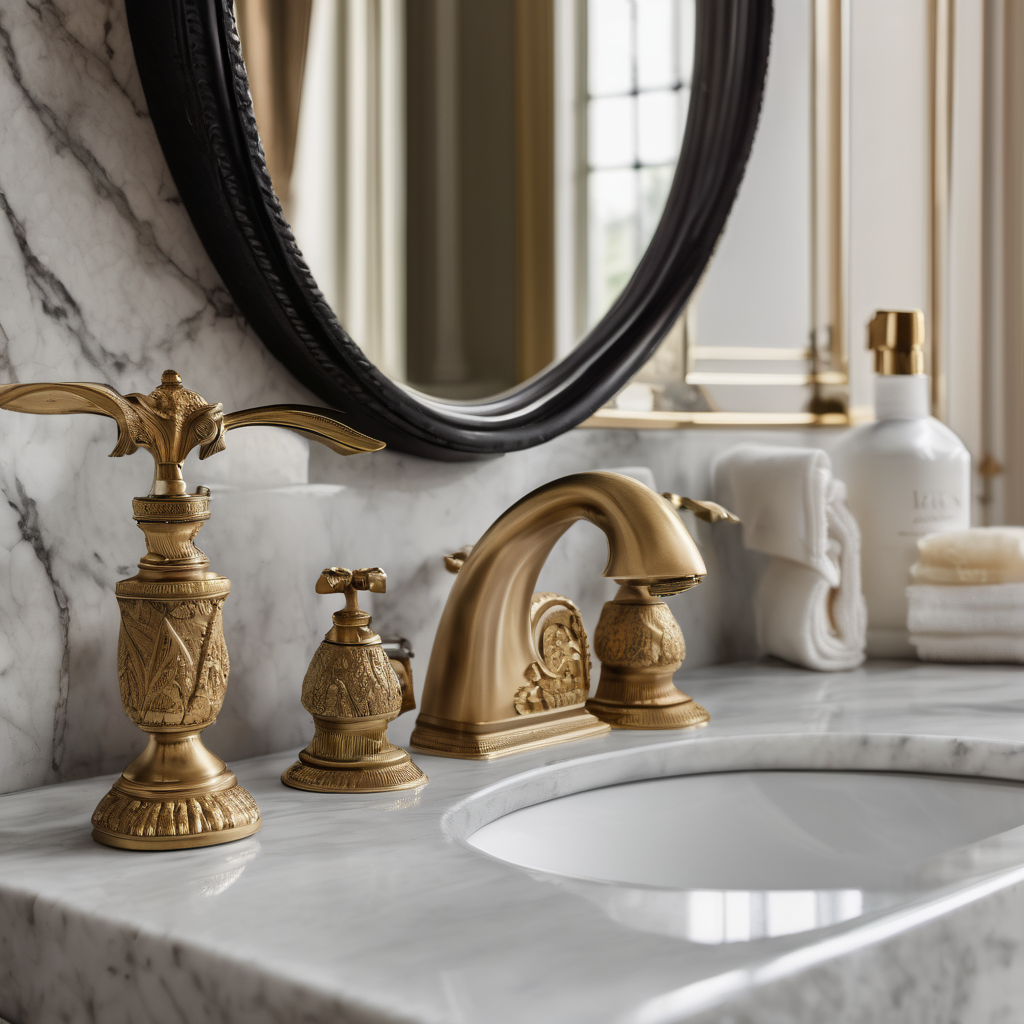President Donald Trump recently showcased his latest home improvement project at the White House, renovating the historic Lincoln Bathroom. In a post on Truth Social, he shared images of the transformation, which features a new design entirely crafted from polished white marble with gold accents.
“The Lincoln Bathroom was renovated in the 1940s in an art deco green tile style, which was totally inappropriate for the Lincoln Era,” Trump stated. He expressed pride in his renovation choices, asserting, “I did it in black and white polished Statuary marble. This was very appropriate for the time of Abraham Lincoln and, in fact, could be the marble that was originally there!”
This renovation isn’t an isolated effort; it is part of a broader initiative where Trump is overseeing significant changes to the East Wing of the White House. Recently, he has faced backlash for plans to demolish parts of the East Wing to make space for a new 90,000-square-foot ballroom, a project budgeted at $300 million, funded by private donations.
Public sentiment appears to be largely against the demolition, with a recent ABC News/Washington Post/Ipsos poll revealing that 56% of Americans oppose the plan, while merely 28% support it. The project has sparked contention among critics who question the need for such expansive renovations in a historic setting.
Trump has taken aim at past renovations, specifically criticizing former President Harry Truman’s redesign of the Lincoln Bedroom, including the bathroom. During his initial announcement of the remodeling plan, Trump remarked, “It’s a style that is not good… it is actually art deco and art deco doesn’t go with 1850 and civil wars.” Truman’s redesign, completed in 1945, largely featured blue tones and was one of many updates made to the Lincoln Bedroom over the years.
As these renovations continue to unfold, they signify Trump’s commitment to reshaping the White House in his vision, despite the mixed reactions from the public. The focus on historical authenticity in his latest design choice may resonate with some Americans as he seeks to connect modern aesthetics with pivotal moments in U.S. history.
